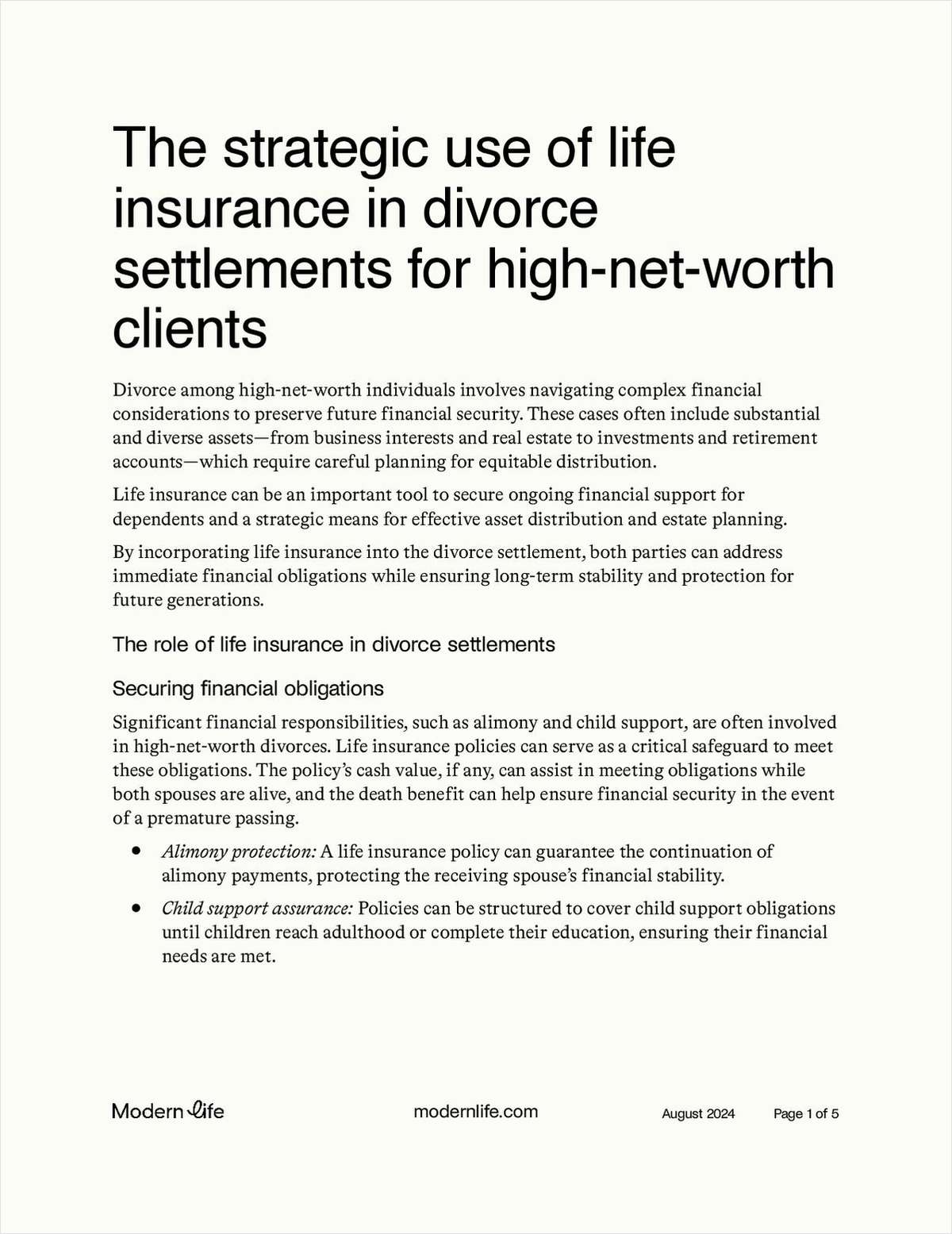The age-adjusted U.S. death rate fell 2.1% between 2006 and 2007, to 760.3 per 100,000 residents.
Researchers at the federal Division of Vital Statistics have published those figures in a report on preliminary 2007 death data.
Life expectancy at birth appears to have increased 0.2 years in 2007, to 77.9 years, the researchers write.
Life expectancy increased to 75.3 years, from 75.1 years, for males, and to 80.4 years, from 80.2 years, for females.
The overall death rate is the same as it has always been – 100% of U.S. residents are expected to die someday – but the overall average death rate for each group of 100,000 residents was only 803.7.



